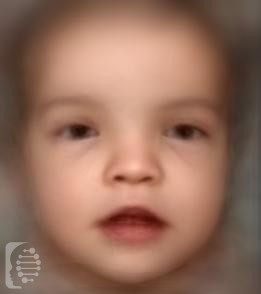
22q11.2 Deletion syndrome
22q11.2 Deletion syndrome, or as it is sometimes referred to, DiGeorge syndrome, is a genetic disorder. It is often referred to by several different names and presents with a wide range of symptoms that can affect almost any part of the body. The characteristics and symptoms of the syndrome vary greatly between individuals and even amongst individuals with the same syndrome. This syndrome is also known as: CATCH 22 Chromosome 22q11.2 – microdeletion Chromosome; 22q11.2 deletion syndrome; Conotruncal anomaly-facies syndrome; Conotruncalanomalyfaciessyndrom;e DiGeorge syndrome; DGS Hypoplasia Of Thymus And Parathyroids Sedlackova syndrome; Shprintzen syndrome; Shprintzen Vcf Syndrome Takao syndrome; Takaosyndrome Third And Fourth Pharyngeal Pouch Syndrome; Velocardiofacial Syndrome










